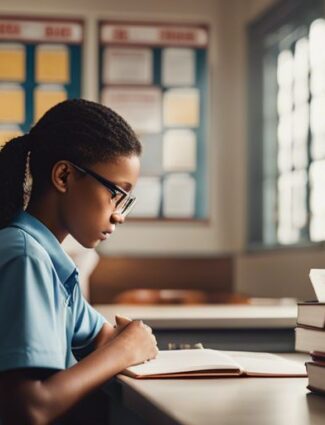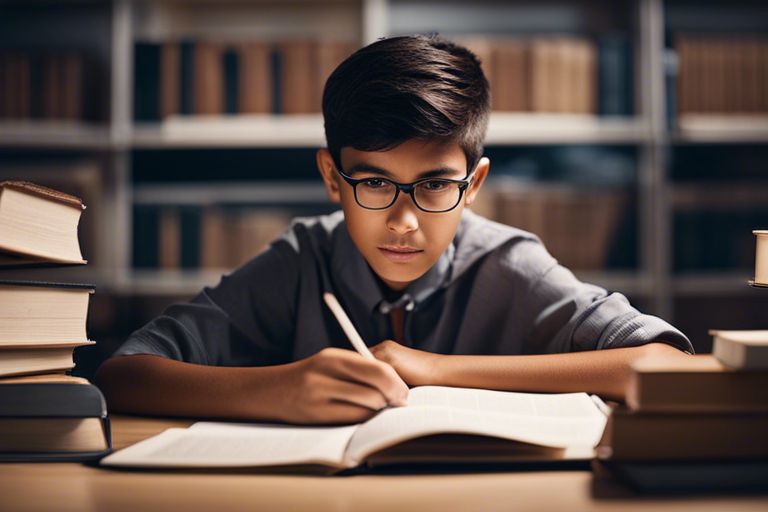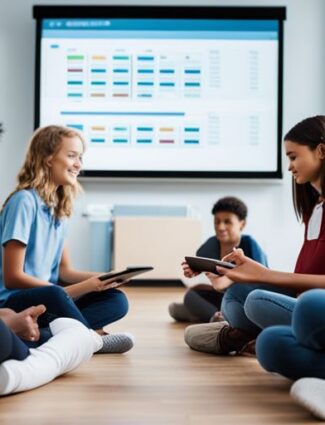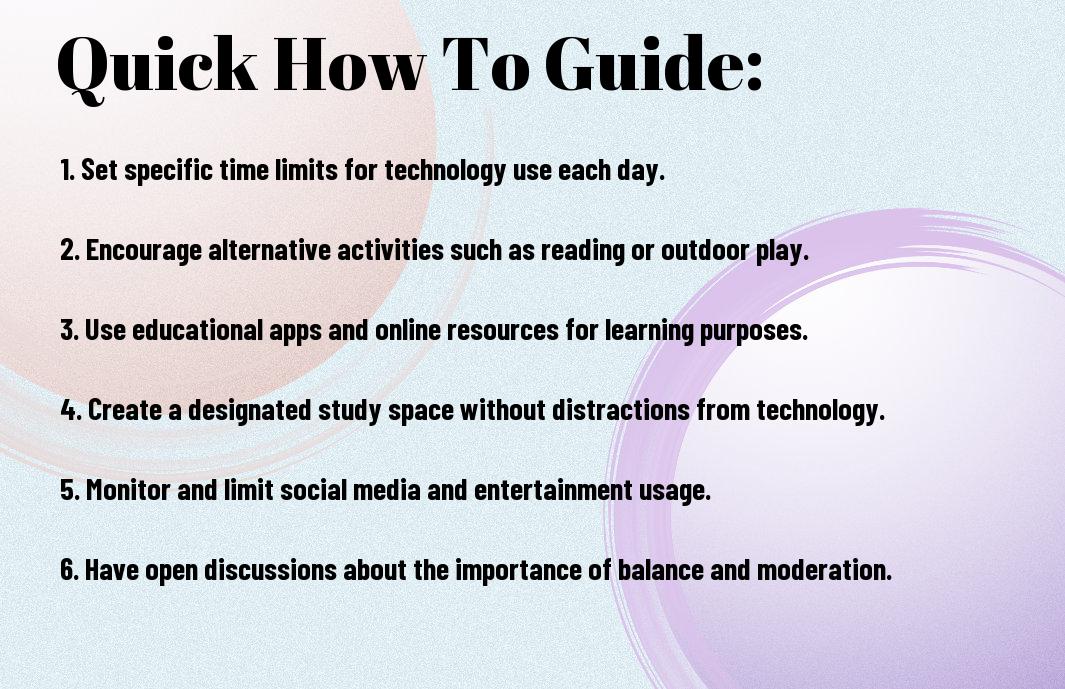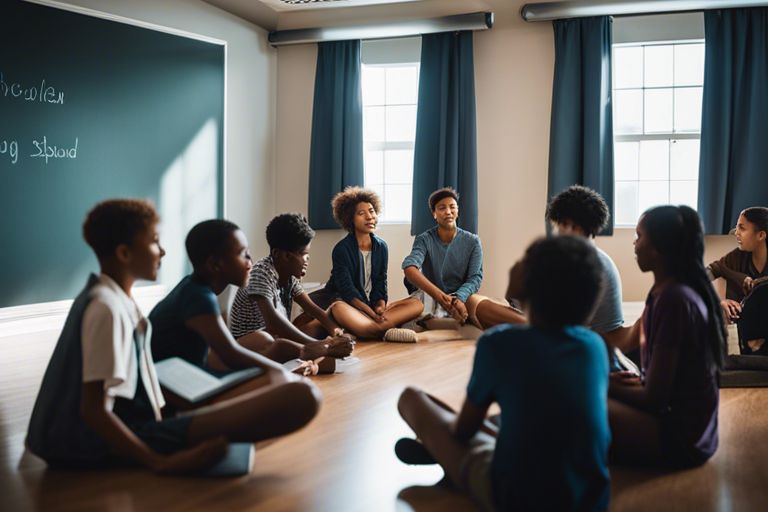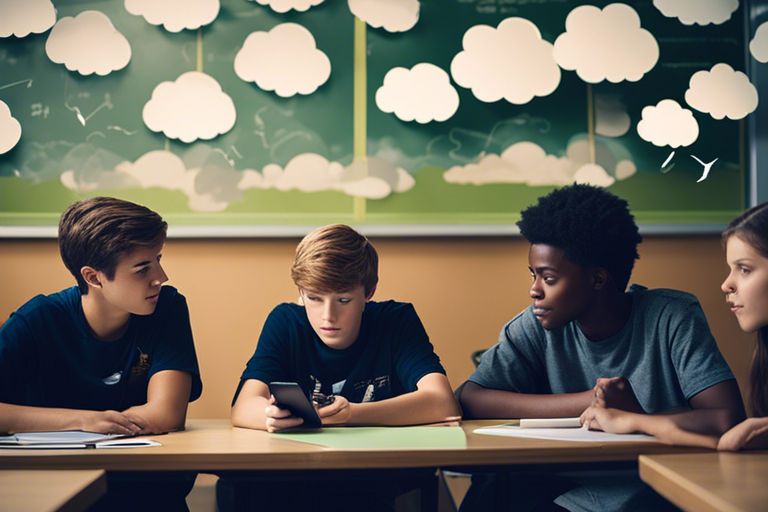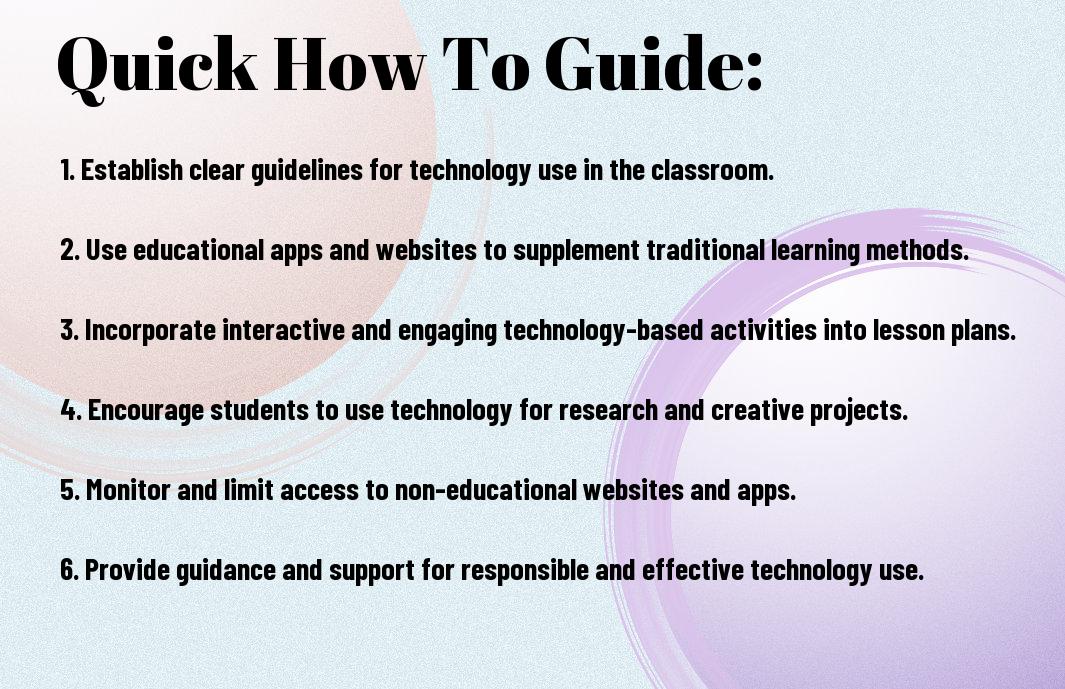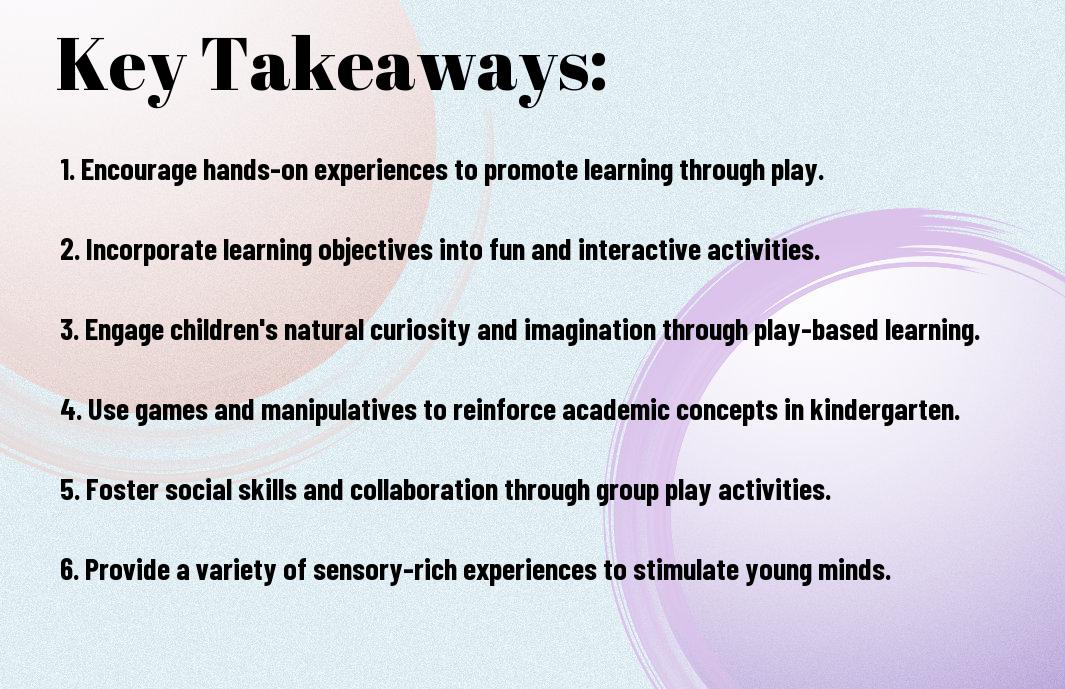Are you tired of constantly battling with distractions in your middle school classroom? Creating a productive learning environment can be challenging, but it is essential for the success of your students. By implementing a few key strategies, you can eliminate unnecessary distractions and maximize the potential for focused and engaged learning.
First and foremost, it is crucial to establish clear expectations for behavior and attentiveness in the classroom. By setting firm guidelines from the beginning, you can reduce the likelihood of disruptive behavior and keep your students on track. Additionally, creating a structured routine and organized environment can help to minimize unnecessary distractions. Lastly, utilizing engaging and interactive teaching methods can capture and sustain your students’ attention, making it more difficult for distractions to take hold. By implementing these strategies, you can create a middle school learning environment that is free of distractions and conducive to academic success.
Key Takeaways:
- Establish clear expectations: Setting clear expectations for behavior and focus in the classroom will help students understand what is expected of them and reduce distractions.
- Create a structured routine: Establishing a routine for the day can help students stay on track and minimize opportunities for distraction.
- Utilize technology effectively: While technology can be a distraction, when used effectively, it can enhance the learning experience and keep students engaged.
- Provide alternative seating arrangements: Offering flexible seating options can help accommodate different learning styles and reduce restlessness, ultimately minimizing distractions.
- Establish positive relationships: Building positive relationships with students can help create a supportive and focused learning environment, reducing the likelihood of distractions.

Laying the Groundwork
The key to creating a middle school learning environment free of distractions is laying a strong foundation of rules and expectations that promote focus and engagement. This begins with establishing clear rules and expectations and involving students in the process.
Establishing Clear Rules and Expectations
The first step in laying the groundwork for a distraction-free learning environment is establishing clear rules and expectations. When you have clear guidelines in place, students understand what is expected of them, which helps create a focused atmosphere. Clearly outline the classroom rules and expectations at the beginning of the school year and reinforce them consistently. Your rules should address key areas such as behavior, participation, and respect for others. It’s important to make these rules and expectations explicit and easy to understand so that there is no room for confusion.
In addition to setting clear rules, it’s crucial to outline the consequences for not following them. When consequences are clearly communicated, students understand the potential outcomes of their behavior. Consistency is key when enforcing these consequences, as it helps students understand the importance of adhering to the rules and the impact of their choices on the learning environment.
Involving Students in the Process
Another essential element of laying the groundwork for a distraction-free learning environment is involving students in the process. When students feel like they have a say in the rules and expectations, they are more likely to take ownership of their learning environment. You can involve students by asking for their input on the classroom guidelines and expectations. Encourage them to contribute ideas on what they believe will help create a focused and respectful atmosphere. By involving students in the process, they feel a sense of investment in their learning environment and are more likely to adhere to the rules and expectations that they had a hand in creating.
In addition to seeking their input, consider having students be a part of the reinforcement process. When students play a role in holding themselves and their peers accountable to the rules, they develop a deeper understanding of the importance of a distraction-free learning environment. This collaborative approach fosters a sense of responsibility and respect among students, contributing to a positive and focused learning environment.
Designing the Physical Space
Despite your best efforts to engage your students, a cluttered and disorganized classroom can easily lead to distractions. Designing your physical space with intention can significantly impact the learning environment for your middle school students. By optimizing the layout and reducing visual and auditory distractions, you can create a space that promotes focus and productivity.
Optimizing Classroom Layout for Focus
When designing the layout of your classroom, consider the arrangement of desks and seating. Ensure that every student has a clear line of sight to you and any instructional materials. Avoid placing students near windows or high-traffic areas, as these can be major distractions. Additionally, experiment with different seating arrangements to see what works best for your students. Consider grouping desks for collaboration, but be mindful of the potential for chatter and off-task behavior. Having a well-organized and uncluttered classroom will also help maintain focus and minimize distractions.
Reducing Visual and Auditory Distractions
Visual distractions, such as posters or artwork, can be stimulating but may also compete for your students’ attention. Consider reducing the number of visuals in the classroom and strategically placing them where they can enhance learning without overwhelming students. Additionally, minimize auditory distractions by controlling noise levels. If possible, use soft materials to absorb sound and consider implementing a noise policy that encourages quiet voices during independent work time. Creating a calm and quiet physical environment will help your students concentrate and absorb information more effectively.
Integrating Technology Effectively
Your middle school learning environment can benefit greatly from the effective integration of technology. It can enhance engagement, facilitate collaboration, and provide access to a wealth of resources. However, it is essential to use technology in a way that minimizes distractions and maximizes learning opportunities.
Balancing Technology Use with Restrictions
When incorporating technology into the classroom, it is crucial to strike a balance between leveraging its benefits and imposing necessary restrictions. Implementing clear guidelines and expectations for technology use can help create a focused learning environment. For example, you can establish designated times for device use and emphasize the importance of staying on task during academic activities. Additionally, consider implementing filtering and monitoring systems to ensure that students are accessing appropriate content and staying on track with their educational objectives.
Tools and Apps to Enhance Learning Without Distraction
There are various tools and apps that can enhance learning without introducing unnecessary distractions. Interactive whiteboards and educational software can be utilized to deliver engaging lessons and interactive activities. Similarly, note-taking and organizational apps can help students stay organized and focused on their academic responsibilities. By incorporating these tools thoughtfully, you can create an environment that leverages technology’s potential while minimizing disruptions.
Encouraging Positive Behavior
After creating a learning environment free of distractions, the next step is to encourage positive behavior among your middle school students. By setting clear expectations and providing support and guidance, you can foster a classroom environment that promotes focus and engagement.
Reward Systems for Maintaining Focus
One effective way to encourage positive behavior and maintain focus is to implement a reward system. By offering incentives for staying on task and participating actively in class, you can motivate your students to prioritize their learning. This could include small rewards such as extra recess time, classroom privileges, or even a special reward day at the end of the week for those who consistently demonstrate good behavior. It’s important to communicate the specific criteria for earning these rewards, so that students know exactly what is expected of them. Additionally, be sure to consistently follow through with the rewards, as this will reinforce the positive behavior you are seeking to promote.
Managing Disruptive Behavior Proactively
Despite your best efforts, there may still be instances of disruptive behavior in the classroom. It’s important to address these situations proactively to prevent them from escalating and causing further distractions. When you observe disruptive behavior, it’s crucial to intervene calmly and respectfully. First, address the situation privately with the student involved, using a neutral tone and focusing on the specific behavior that needs to change. It’s important to offer support and guidance to help the student understand the impact of their behavior and find alternative ways to handle their emotions. By intervening immediately and offering constructive feedback, you can help prevent further disruptions and maintain a positive learning environment for everyone.
Involving Parents and Guardians
For a middle school learning environment free of distractions, involving parents and guardians is crucial. When you work together with parents, you can create a cohesive support system that promotes focus and minimizes distractions for the students.
Fostering Home-School Communication
Establishing open lines of communication between the school and home is essential for maintaining a distraction-free learning environment. Encourage parents to regularly check in with teachers, attend parent-teacher conferences, and stay updated on their child’s progress. This ongoing communication allows for early identification and resolution of any potential issues that could affect focus and learning. It also helps create a sense of accountability for both the student and the parent, reinforcing the importance of a distraction-free environment at home.
Strategies for Supporting Focus at Home
Provide parents and guardians with practical strategies for supporting focus at home. This may include setting up a designated study space, creating a daily routine, and establishing clear expectations for homework and device usage. Encourage parents to help their child manage their time effectively, limit screen time, and create a quiet and organized environment for studying. Additionally, offering guidance on how to support their child’s mental and emotional well-being can contribute to a focused and productive learning environment at home.
It is important to emphasize the role that parents play in creating an environment conducive to learning and focus at home. By maintaining open communication and implementing practical strategies, you can help ensure that students have the support they need to thrive academically.
Adjusting to Individual Needs
Keep in mind that every student in your classroom is unique and has their own set of individual needs when it comes to learning. It’s important to recognize that not all students learn in the same way or at the same pace. By making adjustments to accommodate different learning styles and special needs, you can create a more inclusive and distraction-free learning environment for your middle school students.
Identifying and Accommodating Different Learning Styles
When it comes to creating a distraction-free learning environment, it’s crucial to identify and accommodate different learning styles. Some students may be visual learners, others auditory learners, and some may be kinesthetic learners. By incorporating a variety of teaching methods and resources, you can ensure that you are catering to the individual learning styles of all your students. Providing visual aids, incorporating group discussions, and allowing for hands-on activities can help engage students and minimize distractions. Additionally, offering choices in how students can demonstrate their understanding of the material can empower them to take ownership of their learning.
Supporting Students with Special Needs
Supporting students with special needs is essential in creating an inclusive and distraction-free learning environment. It’s important to be aware of the specific needs of each student and provide accommodations as necessary. This may include providing additional support in the form of a teacher’s aide, using assistive technology, or allowing for extended time on assignments and tests. By being understanding and flexible, you can create a supportive and nurturing environment that allows all students to thrive. Remember, every student has the right to an education free of distractions, and it’s your responsibility as an educator to ensure that all students are given the resources they need to succeed.
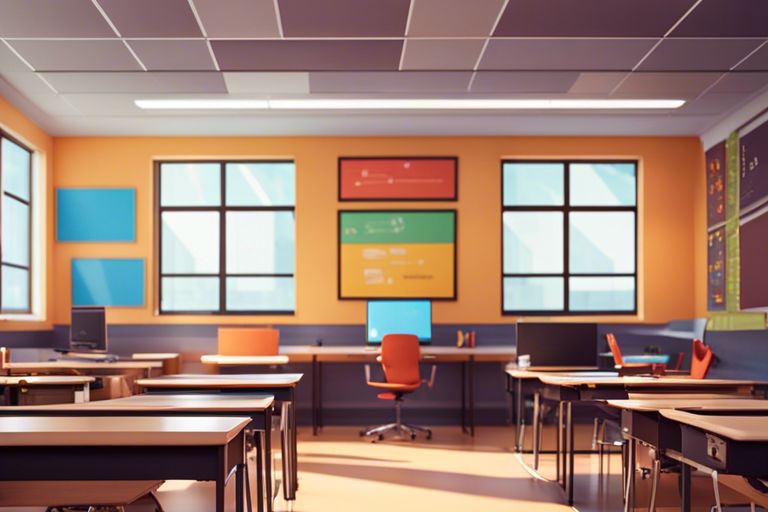
Monitoring and Adapting the Environment
Not only is it important to set up a distraction-free learning environment, but it is equally crucial to continuously monitor and adapt the space to ensure it remains conducive to learning. By regularly assessing the learning space for distracting elements and continuously seeking feedback, you can maintain an environment that supports students’ focus and engagement.
Regularly Assessing the Learning Space for Distracting Elements
Regularly evaluating the learning space for potential distractions is essential in maintaining an optimal environment for middle school students. Start by conducting a visual scan of the classroom to identify any clutter, visual disturbances, or potential noise sources. Keep an eye out for any items that may be drawing attention away from the learning process, such as posters, decorations, or even excessive supplies. Additionally, consider the arrangement of furniture and seating to ensure that it promotes a sense of calm and concentration.
Continuous Improvement Through Feedback
Continuous improvement through feedback is a valuable tool in the quest to create a distraction-free learning environment. Encourage open communication with your students and ask for their input on how the learning space can be improved. You can also seek feedback from other educators, parents, and even outside consultants to gain different perspectives on the effectiveness of the environment. By listening to and considering the feedback you receive, you can implement changes that will have a positive impact on the learning experience and overall engagement of your students.
Remember that creating a distraction-free learning environment is an ongoing process. By regularly assessing the space for distracting elements and seeking feedback for continuous improvement, you ensure that the middle school learning environment remains conducive to student focus and success. With dedication and attention to detail, you can create an environment that supports student learning and minimizes distractions, ultimately enhancing their educational experience.
Conclusion
So, now that you have learned about the various steps and strategies for creating a middle school learning environment free of distractions, it is important for you to take action. By implementing clear guidelines for behavior, utilizing technology wisely, and incorporating engaging activities that stimulate focus, you can help cultivate a classroom setting that is conducive to learning and academic success. Remember that you play a crucial role in shaping the learning environment, and by being proactive and consistent, you can help minimize distractions and create a space where students can thrive.
It is crucial to constantly monitor and adapt your approach to ensure that distractions are kept to a minimum. By consistently reinforcing expectations and providing a supportive and structured environment, you can help students stay focused and engaged in their learning. With determination and perseverance, you can create a middle school learning environment that is free of distractions and promotes a positive and productive educational experience for all students.
FAQ
Q: Why is it important to create a middle school learning environment free of distractions?
A: Creating a distraction-free learning environment in middle school is crucial for promoting focus, engagement, and academic success. Minimizing distractions can help students to stay on task, retain information, and develop important study habits that will benefit them throughout their academic careers.
Q: What are some strategies for creating a distraction-free middle school learning environment?
A: Several strategies can be implemented to create a distraction-free learning environment in a middle school setting. These include organizing the classroom to minimize visual and auditory distractions, establishing clear expectations for behavior and participation, and utilizing tools such as noise-canceling headphones or designated quiet areas for individual work.
Q: How can teachers and administrators support the creation of a distraction-free learning environment in middle school?
A: Teachers and administrators can support the creation of a distraction-free learning environment by modeling focused behavior, providing consistent feedback on classroom behavior, and implementing technology policies that limit access to distractions during instructional time. Additionally, collaboration with parents and guardians to reinforce distraction-free behaviors at home can further support the efforts to create an optimal learning environment.

